Politics
Rising oceans to threaten 1.5m Australians by 2050: report
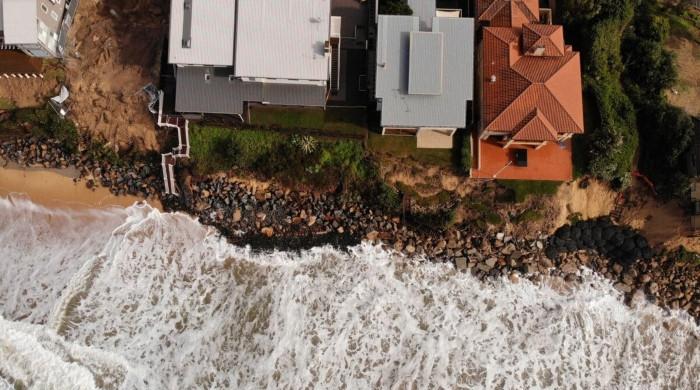
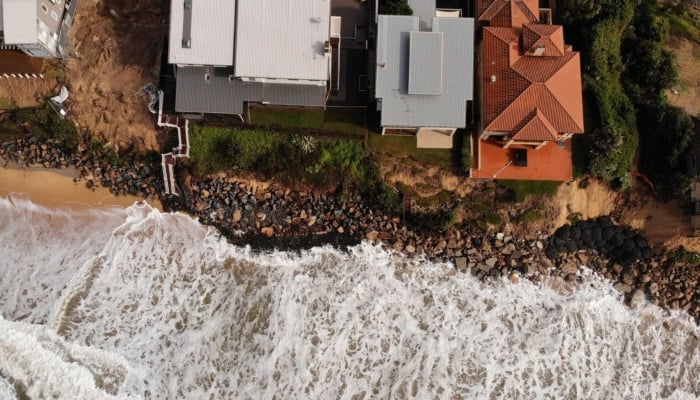
SYDNEY: Rising oceans and flooding caused by climate change will threaten the homes and livelihoods of more than a million Australians by 2050, while deaths from heat-related illness will soar, a landmark report warned Monday ahead of Canberra’s release of emission reduction targets this week.
The long-awaited national climate risk assessment found that rising temperatures will have “cascading, compounding, concurrent” impacts on life in Australia, home to more than 27 million people.
“We are living in climate change now. It’s no longer a forecast, a projection or prediction — it is a live reality, and it’s too late to avoid any impacts,” Climate Minister Chris Bowen said.
The report, prepared independently for the government, found that 1.5 million people living in coastal areas will be at risk of sea level rise and coastal flooding by 2050.
By 2090, about three million people will be at risk from rising oceans.
Sea level rises pose a significant threat to homes, livelihoods, and cultural connections — particularly in locations such as the Torres Strait Islands, the report said.
Scattered through the warm waters off Australia’s northernmost tip, the sparsely populated islands are threatened by seas rising much faster than the global average.
Joanne Hill, community engagement coordinator at Edith Cowan University and an Indigenous woman, said in response to the report “we cannot delay this emergency response anymore”.
“Our coastal and island communities, particularly the Torres Strait Islands, are at immediate risk of losing their homes, their cultural practices and traditions if we do not do anything now,” Hill said.
Monday’s report comes as Australia is set to release its next round of emissions reduction targets in the coming week, a key obligation under the landmark Paris climate agreement.
Many hope the country will reveal more ambitious targets.
‘Terrifying’
Losses in Australian property values are estimated to soar to Aus$611 billion (US$406 billion) by 2050 and could increase to Aus$770 billion by 2090.
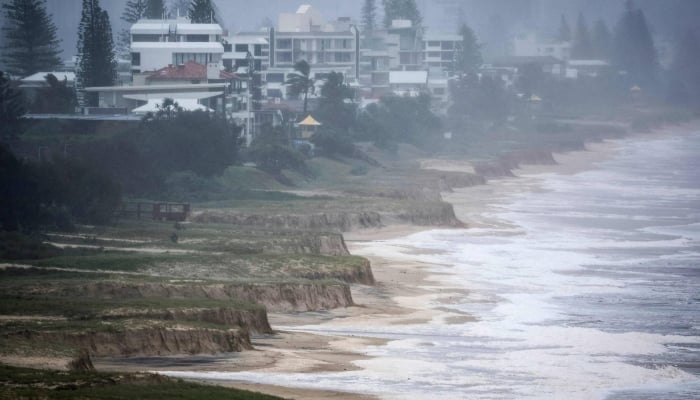
Should the temperatures increase by 3°C, heat-related deaths could soar by more than 400% in Sydney, Australia’s most-populated city, the report said.
Australia’s unique species will also be forced to move, adapt to the new conditions or die out as climate change intensifies, the report said.
Amanda McKenzie, chief executive of the Climate Council NGO, described the report as “terrifying”.
“We can choose a better future by cutting climate pollution harder and faster now,” McKenzie said.
“The first step is legislating the strongest possible 2035 climate target and stopping new polluting projects,” she said.
One of the world’s biggest fossil fuel exporters, Australia, has been criticised for treating climate action as a political and economic liability.
The “climate wars” — a years-long domestic fight over emissions policy — were blamed for curtailing progress in cutting heat-trapping carbon emissions.
The centre-left Labour government has stepped up efforts in recent years to bring down emissions and roll out renewable energy.
However, despite its green ambitions, the government continues to approve fossil fuel projects, including granting a 40-year extension to a major liquefied natural gas plant.
The extended lifeline of the North West Shelf project — a sprawling complex of offshore rigs and processing factories pumping out more than 10 million tonnes of LNG and petroleum each year — has angered Indigenous and environmental groups.
Bowen said moving to a greener future presented a “complicated and complex” set of challenges and that gas would remain a necessary backup renewable in the future energy mix.
“But we also face that challenge from a position of strength, because we have the best renewable resources in the world,” he said.
Politics
’67’ crowned ‘Word of the Year’


A double-digit combination set the social media sphere ablaze among teens in 2025, leaving parents and teachers befuddled — and now it has officially been crowned Dictionary.com’s “Word of the Year”: 67.
But even the organisation that unveiled the winning word — pronounced “six-seven” and never “sixty-seven” — admitted it was not exactly sure about its meaning.
“You might be feeling a familiar vexation at the sight of these two formerly innocuous numerals,” Dictionary.com said, addressing parents as it announced the winner this week.
Members of Gen Alpha, it added, might be “smirking at the thought of adults once again struggling to make sense of your notoriously slippery slang.”
Dictionary.com said the origin of the word might be traced to “Doot Doot (6 7),” a song by the US rapper Skrilla.
Use of the word went viral in schools and on social media this year. It can be taken to mean a variety of things, with context, tone and absurdity all playing a role in determining its definition in the moment.
“67” beat out some stiff competition from other words that were short-listed for “Word of the Year.” These included “broligarchy,” “Gen Z stare,” and an entry from the world of emoticons — the dynamite emoji.
Its use exploded online with news of the engagement between pop superstar Taylor Swift and American football star Travis Kelce, as it was used as shorthand to refer to the “TNT” couple.
Politics
Trump seeks trade war truce with China’s Xi in key South Korea talks
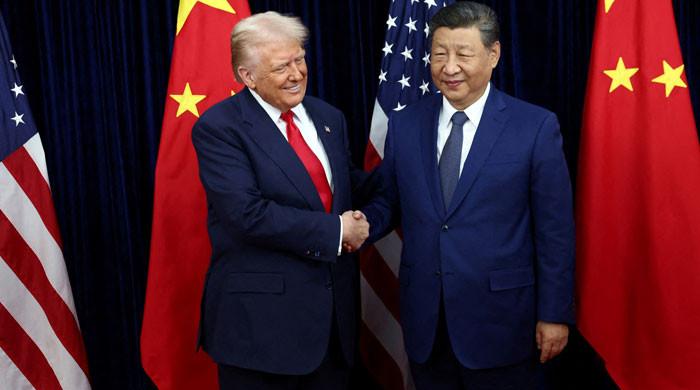
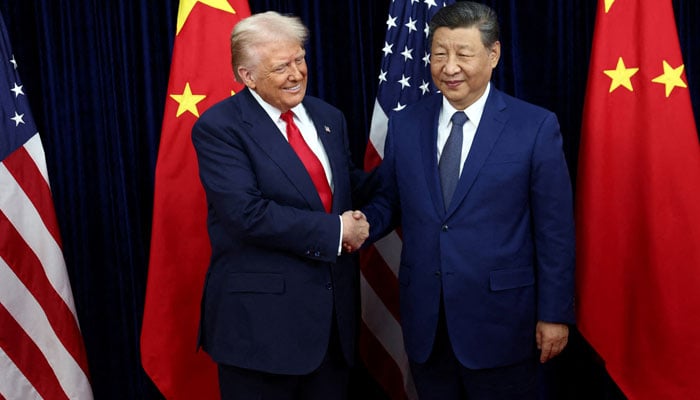
Both sides escalated trade threats for leverage.
Fentanyl issue is a key topic for Trump in talks.
Taiwan tensions loom over US-China discussions.
US President Donald Trump met with China’s leader Xi Jinping at a South Korean air base on Thursday for discussions on a possible trade war truce between the world’s two largest economies.
The meeting in the southern port city of Busan, the first between the leaders since Trump returned to office in January, caps off the US president’s whirlwind trip around Asia.
“We are going to have a very successful meeting, I have no doubt. But he is a very tough negotiator,” Trump said as he shook hands with Xi, who showed little expression.
Trump has repeatedly expressed optimism about reaching an agreement with Xi during the talks, taking place on the sidelines of the Asia-Pacific Economic Cooperation (APEC) summit, buoyed by a breakthrough in trade talks with South Korea on Wednesday.
But with both countries increasingly willing to play hardball over areas of economic and geopolitical competition – which analysts see as a new Cold War – many questions remain about how long any trade detente may last.
The trade war reignited this month after Beijing proposed dramatically expanding curbs on exports of rare-earth minerals vital for high-tech applications, a sector China dominates.
Trump vowed to retaliate with additional 100% tariffs on Chinese exports, and with other steps, including potential curbs on exports to China made with US software – moves that could have upended the global economy.
“THE G2 WILL BE CONVENING SHORTLY,” Trump posted on Truth Social shortly before landing in Busan to meet Xi at a South Korean air force base at Gimhae airport.
In a separate post, he said the US would step up testing of nuclear weapons immediately, noting China’s growing arsenal.
US expects Beijing to delay rare earth controls
After a weekend scramble between top trade negotiators, US Treasury Secretary Scott Bessent said he expected Beijing to delay the rare earth controls for a year and revive purchases of US soybeans critical to American farmers, as part of a “substantial framework” to be agreed by the leaders.
Ahead of the summit, China bought its first cargoes of US soybeans in several months, Reuters reported exclusively on Wednesday.
The White House has signalled it hopes the summit will be the first of several between Trump and Xi in the coming year, including possible leader visits to each country, indicating a protracted negotiation process.
But Trump wants some quick progress in talks being closely watched by businesses worldwide.
Trump said on Wednesday he expects to reduce US tariffs on Chinese goods in exchange for Beijing’s commitment to curb the flow of precursor chemicals to make fentanyl, a deadly synthetic opioid that is the leading cause of American overdose deaths.
Trump has also said he might sign a final deal with Xi on TikTok, the social media app that faces a US ban unless its Chinese owners divest their US operations.
Beijing is willing to work together for “positive results”, foreign ministry spokesperson Guo Jiakun said on Wednesday.
Prior deals on tariffs and rare earths due to expire
Previous deals, which brought down retaliatory tariffs sharply to about 55% on the US side and 10% on the Chinese side and restarted the flow of rare earth magnets from China, are due to expire on November 10.
Bessent said China had agreed to help curb the flow of fentanyl precursors, but did not say whether the US had made any concessions in return.
Beijing has sought the lifting of 20% tariffs over fentanyl, an easing of export controls on sensitive US technology, and a rollback of new US port fees on Chinese vessels aimed at combating China’s global dominance in shipbuilding, ocean freight and logistics.
Trump’s meeting with Xi comes at the end of a five-day trip to Asia in which he signed pacts with Japan and Southeast Asian nations on rare earths, seeking to blunt China’s stranglehold on minerals used in everything from cars to fighter jets.
Tensions over Taiwan
Regional strategic tensions, particularly over Beijing-claimed Taiwan, a US partner and high-tech powerhouse, are an ominous backdrop to the summit.
On Sunday, Chinese state media said Chinese H-6K bombers recently flew near Taiwan to practise “confrontation drills.”
US Secretary of State Marco Rubio said Taiwan should not be concerned about the US-China talks, despite some experts expressing fears that Trump might offer concessions over the island. Washington is required under US law to provide Taiwan with the means to defend itself.
Politics
Pentagon told to restart nuclear tests ‘on equal basis’ with rivals
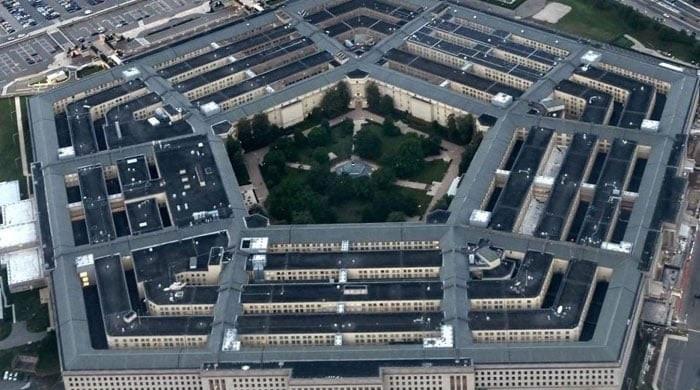
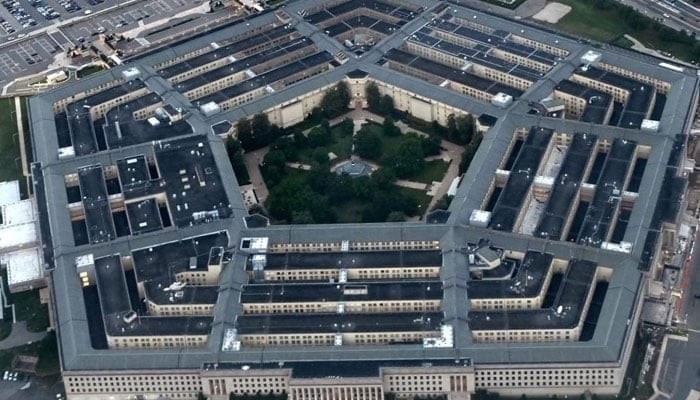
- Action taken ahead of Trump’s meeting with Xi in South Korea.
- US tests last conducted in 1992 to assess weapon reliability.
- New tests seen as signal of American strategic dominance.
US President Donald Trump, ahead of his meeting with Chinese President Xi Jinping on Thursday, said he has instructed the Department of Defence to immediately resume testing nuclear weapons on an “equal basis” with other nuclear powers.
“Because of other countries’ testing programmes, I have instructed the Department of War to start testing our Nuclear Weapons on an equal basis. That process will begin immediately,” Trump said on Truth Social, ahead of the meeting with Xi in South Korea.
“Russia is second, and China is a distant third, but will be even within 5 years,” Trump noted.
President Vladimir Putin said on Wednesday that Russia had successfully tested a Poseidon nuclear-powered super torpedo that military analysts say is capable of devastating coastal regions by triggering vast radioactive ocean swells.
As Trump has toughened both his rhetoric and his stance on Russia, Putin has publicly flexed his nuclear muscles with the test of a new Burevestnik cruise missile on October 21 and nuclear launch drills on October 22.
The United States last tested a nuclear weapon in 1992.
Tests provide evidence of what any new nuclear weapon will do – and whether older weapons still work.
Apart from providing technical data, such a test would be seen in Russia and China as a deliberate assertion of US strategic power.
The United States opened the nuclear era in July 1945 with the test of a 20-kiloton atomic bomb at Alamogordo, New Mexico, and then dropped atomic bombs on the Japanese cities of Hiroshima and Nagasaki in August 1945 to end World War Two.
-

 Tech1 week ago
Tech1 week agoThis Smart Warming Mug Is Marked Down by $60
-
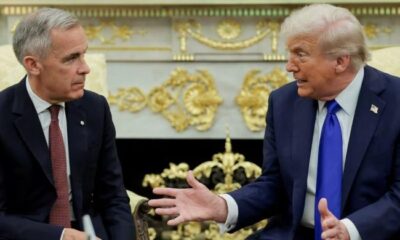
 Politics5 days ago
Politics5 days agoTrump slams ‘dirty’ Canada despite withdrawal of Reagan ad
-

 Tech1 week ago
Tech1 week agoAn Amazon outage has rattled the internet. A computer scientist explains why the ‘cloud’ needs to change
-
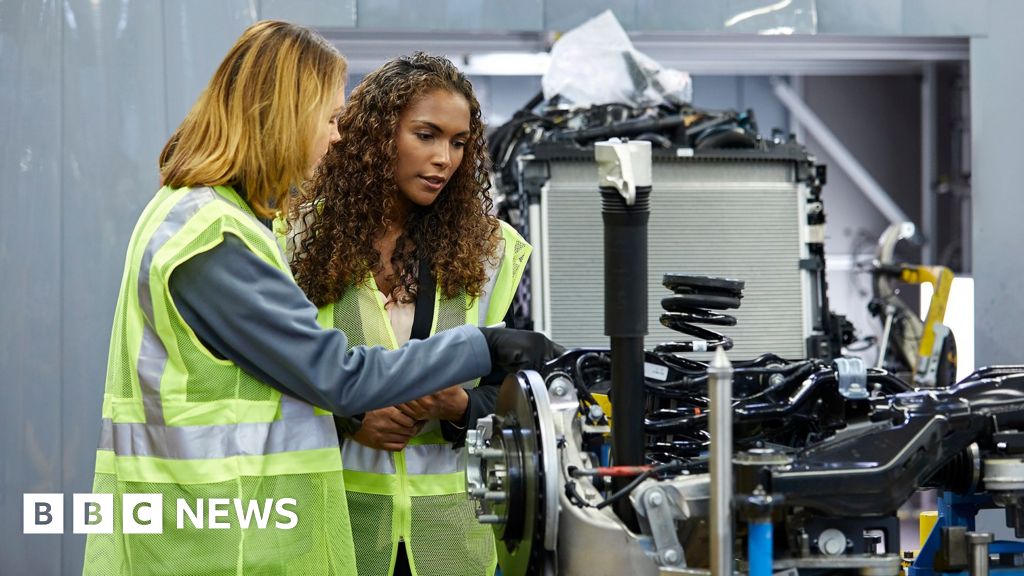
 Business7 days ago
Business7 days agoJLR shutdown after cyber hack drives slump in UK car production
-
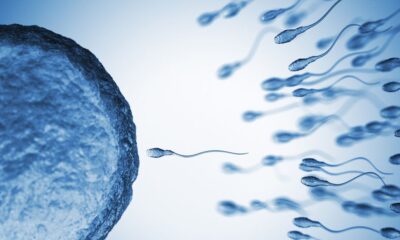
 Tech1 week ago
Tech1 week agoSperm From Older Men Have More Genetic Mutations
-
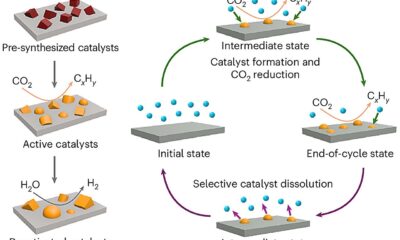
 Tech1 week ago
Tech1 week agoTurning pollution into clean fuel with stable methane production from carbon dioxide
-

 Business1 week ago
Business1 week agoMattel misses Wall Street estimates as North American sales sink
-
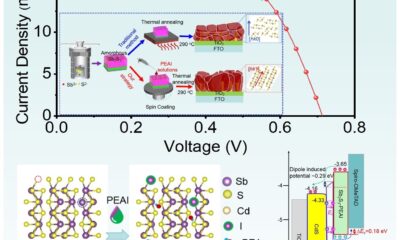
 Tech6 days ago
Tech6 days agoDefect passivation strategy sets new performance benchmark for Sb₂S₃ solar cells






